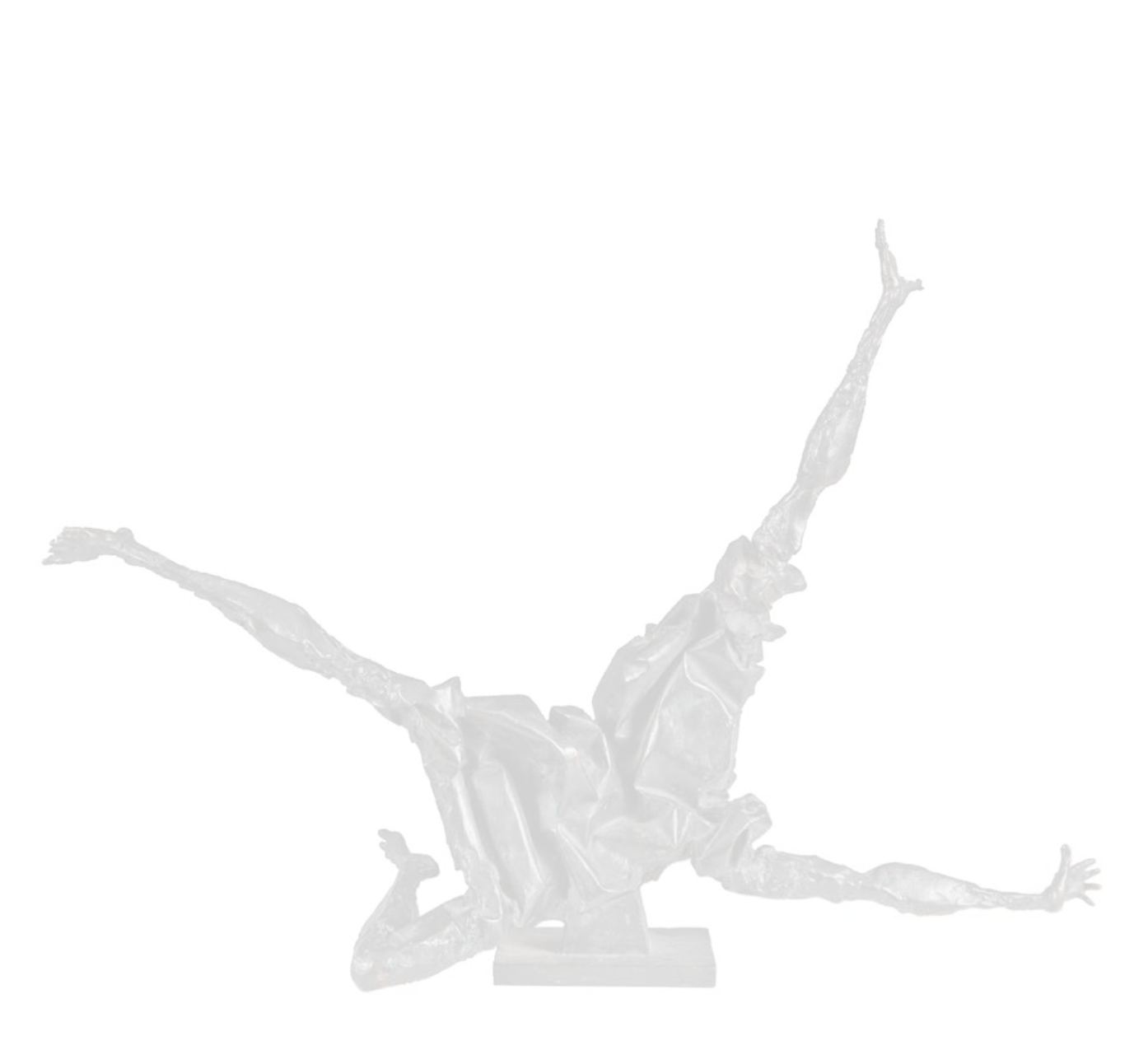
121
Important Irish Art
,
wednesday 4th December 2013 at 6pm
The
Women of Belfast
series represents an attempt by the artist to address a specific event in Irish history, and relates to
McWilliam’s interest in humanity as a theme.The series was inspired by media images of the bombings of the Abercorn
Restaurant in Belfast on a busy Saturday afternoon in March 1972. The latest in a series of deadly atrocities during
the ‘Troubles’, this event caused nationwide revulsion as it was mainly women and children who were either killed or
maimed, and this particularly affected McWilliam.
At the time the sculptor was working on the expressive potential of drapery, a fundamental idea in the history of art.
Traditionally drapery is used to articulate the shape of the body underneath and to suggest particular emotion or ideas.
In
Women of Belfast
this fundamental pictorial idea has been dislocated.The distorted forms of the women’s clothing and
their extended limbs work independently of each other to express the dehumanising effect of the violence.The extremity
of movement and the unnatural distortions of the figures convey the force of the bomb blast, and their frozen nature
encapsulates an extreme moment in history.
The associated sketches retain a sense of emotional involvement which is absent in the bronzes.This demonstrates the
fact that for McWilliam, sculpture required the resolution of a pictorial or conceptual problem whereas drawing was
a more spontaneous activity.
Women of Belfast
was another incarnation of McWilliam’s interest and exploration of the
human form throughout his career, yet with a personal and historic connection. George McClelland, by exhibiting the
series in his gallery in 1973, played a vital role in giving McWilliam an opportunity to comment on the political situa-
tion at a crucial moment in Northern Irish history.
We would like to thank Dr. Roisin Kennedy and Dr.Denise Ferran, whose research formed the basis of this catalogue entry.
T
he
W
omen of
B
elfast series


